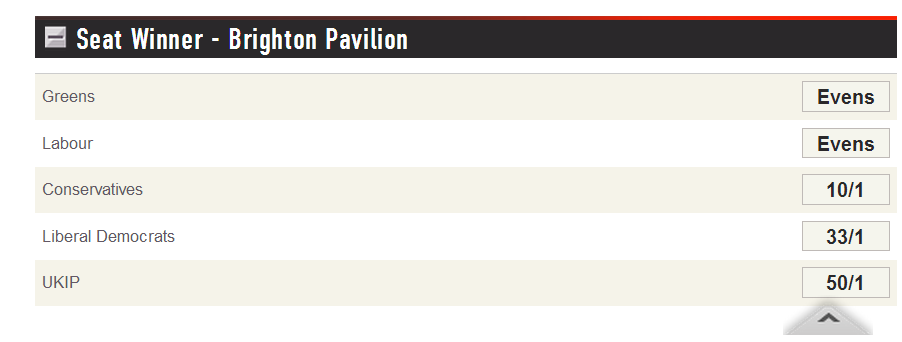A little while ago I wrote a blog about opinion polls and what to do with them. It highlighted how interpretation of opinion polling is often more focused on grabbing a headline than trying to actually make use of the data it has provided. It seems to be one of those blogs that I can keep on sharing, because the headlines just keep on coming.
Of course, one popular polling question is to ask the respondent who they will vote for at the next general election. From all the collected responses, people can have a stab at who might form the next government. Opinion polls are important and this regard, and the likes of Electoral Calculus, UK Polling Report and Polling Observatory all do a great job in making predicting the next government a little bit more informed, and quite frankly, a little bit more fun…
However, as well as national opinion, local factors will also determine the next government. A general election is not so much 1 poll of the country, but 650 constituency polls, each one coming together to form a national picture. For a more detailed comment, my own recent research has pointed to the importance of local parties and incumbency to the Liberal Democrats’ electoral prospects at the next general election and beyond.
Ladbrokes have taken a stab at assessing a few of the more marginal local constituencies ahead of next May’s general election. They have opened up markets on over 200 individual constituencies. I won’t stake what little reputation I have on predicting any here, but I will point to a few constituencies that are simply interesting to look at.
Brighton Pavilion
Brighton Pavilion provided the Green Party’s first ever MP, Caroline Lucas, in May 2010 with 31.3% of the vote. Labour polled 28.9% in that election, having held the seat since 1997. They’ll be hopeful of taking it back.

Bath
On the face of it, this would seem an easy win for the Liberal Democrats. They’ve held the seat since 1992, when Don Foster beat then Conservative Party chair Chris Patten. In 2010, the Liberal Democrats had a majority of 11,883 over the Conservatives, but Don Foster has announced that he is stepping down. How that effects them will be interesting.
Redcar
This constituency was created in 1974, and was always a Labour hold until 2010, following the closure of a steel plant, which resulted in a 20%+ swing to the Liberal Democrats, who now have a majority of 5,214 over Labour. Whether they can maintain such support now the plant is not such a strong emotive issue remains to be seen.
Wells
Finally in this brief post, the constituency of Wells. The constituency itself goes back as far as 1295, but more recently has been a Conservative hold (since 1924). That is, until 2010, when Tessa Munt won it for the Liberal Democrats. A very small majority (just 800) so we’ll see what happens.
That’s just 4 of the 200 on there. Check them out here, and see how the prices change ahead of May 2015.


